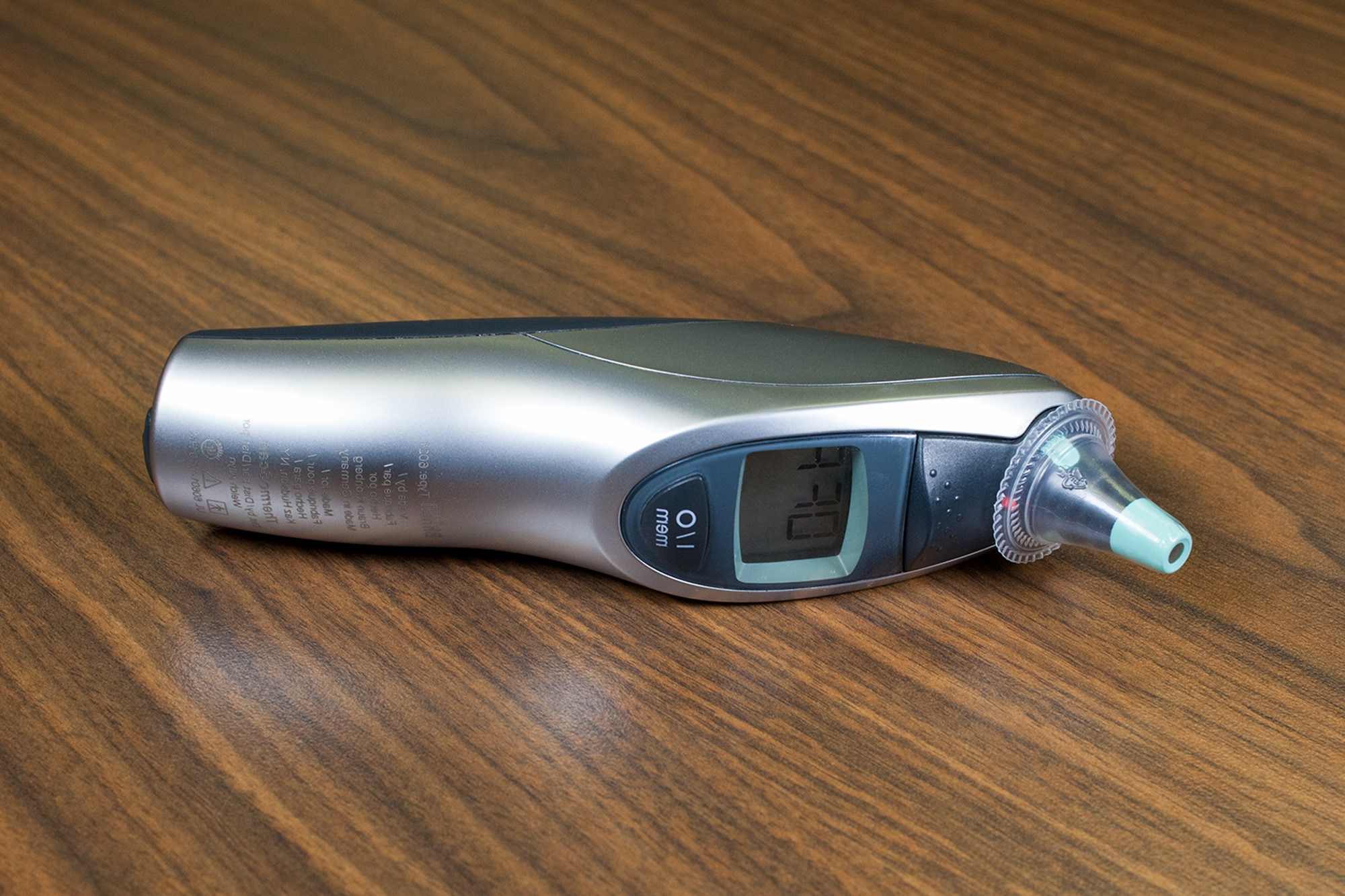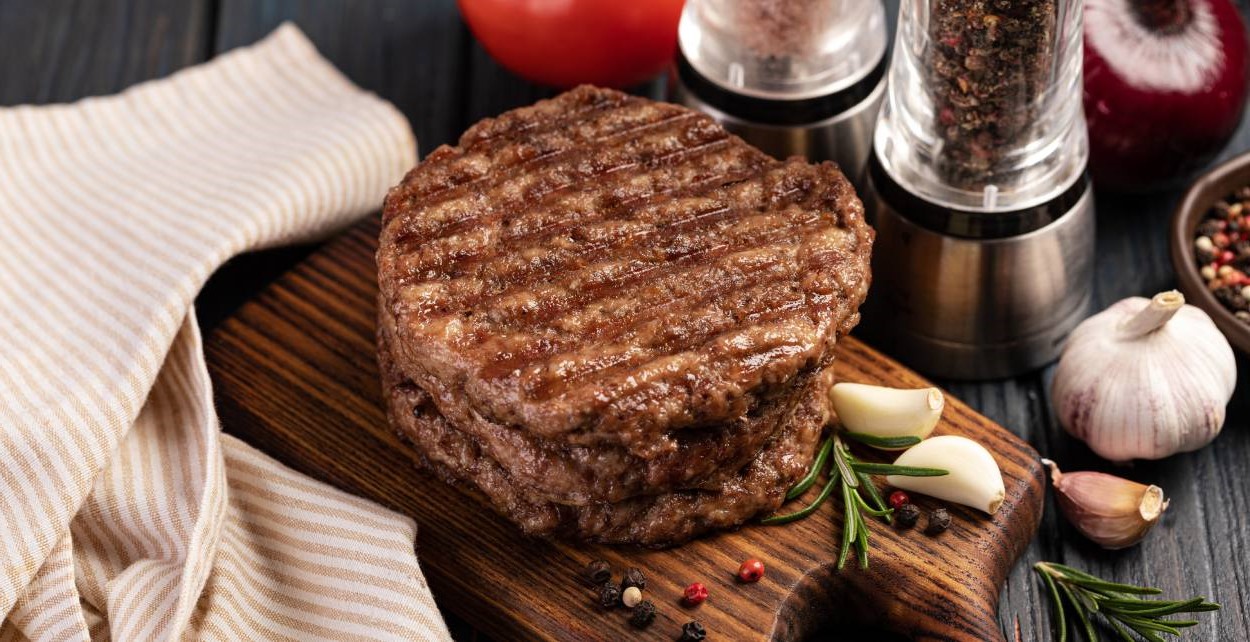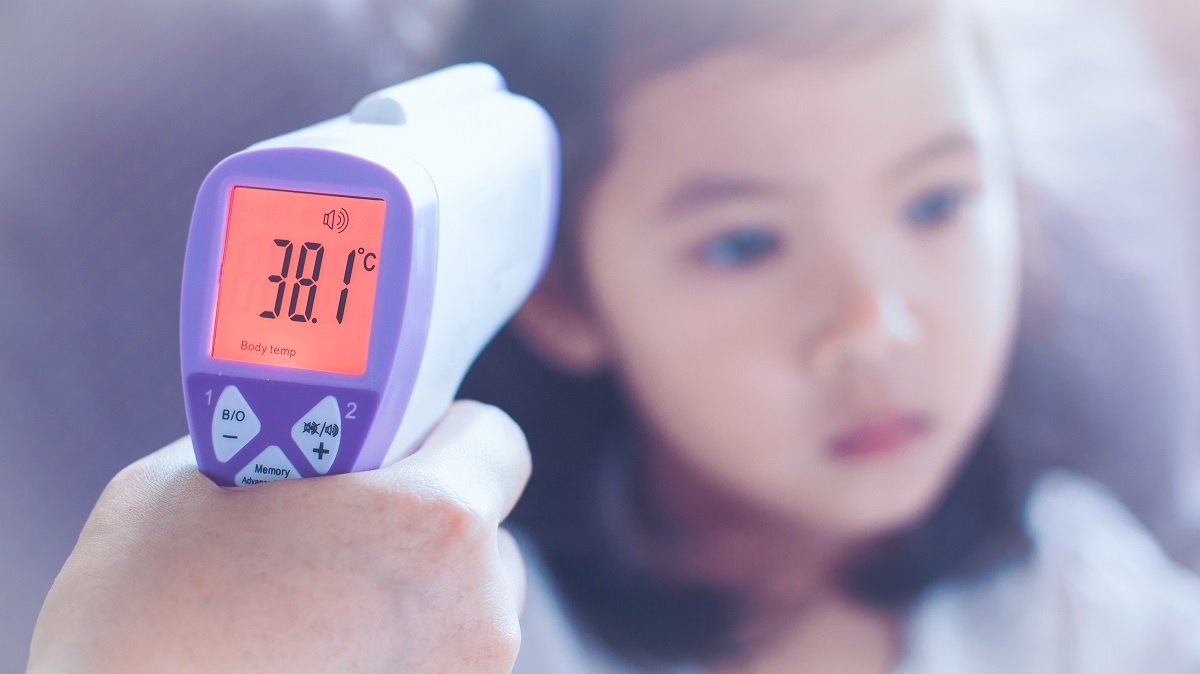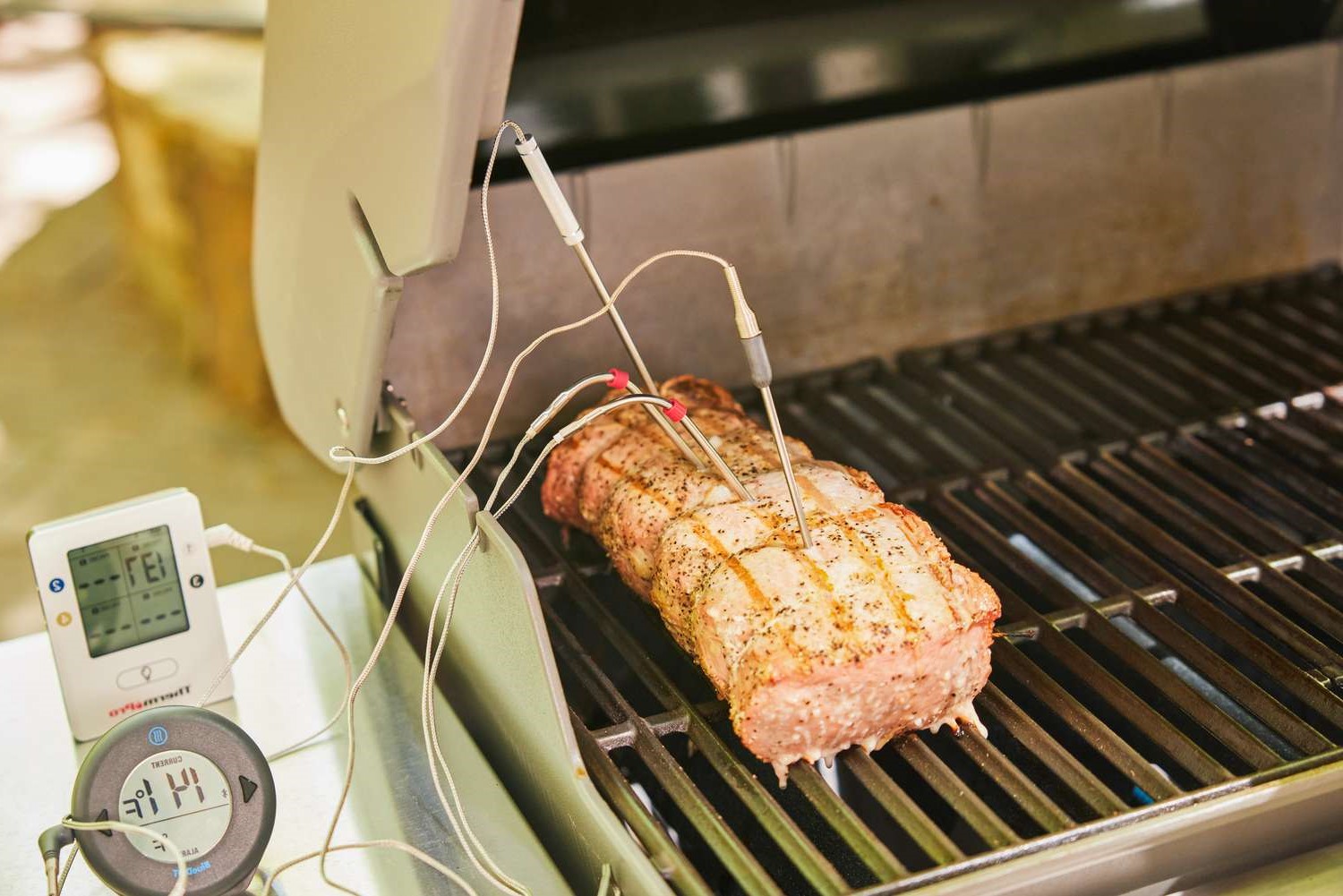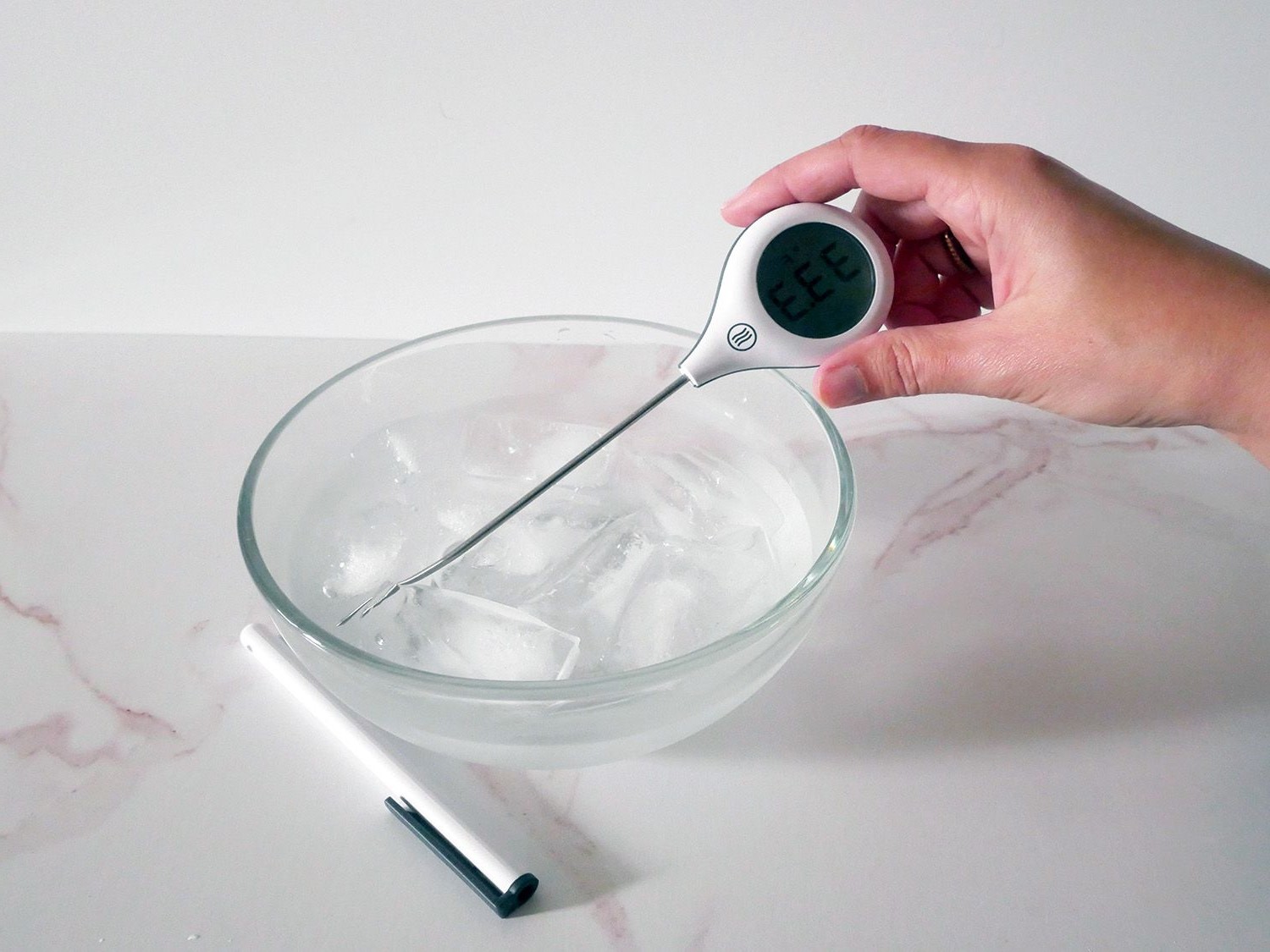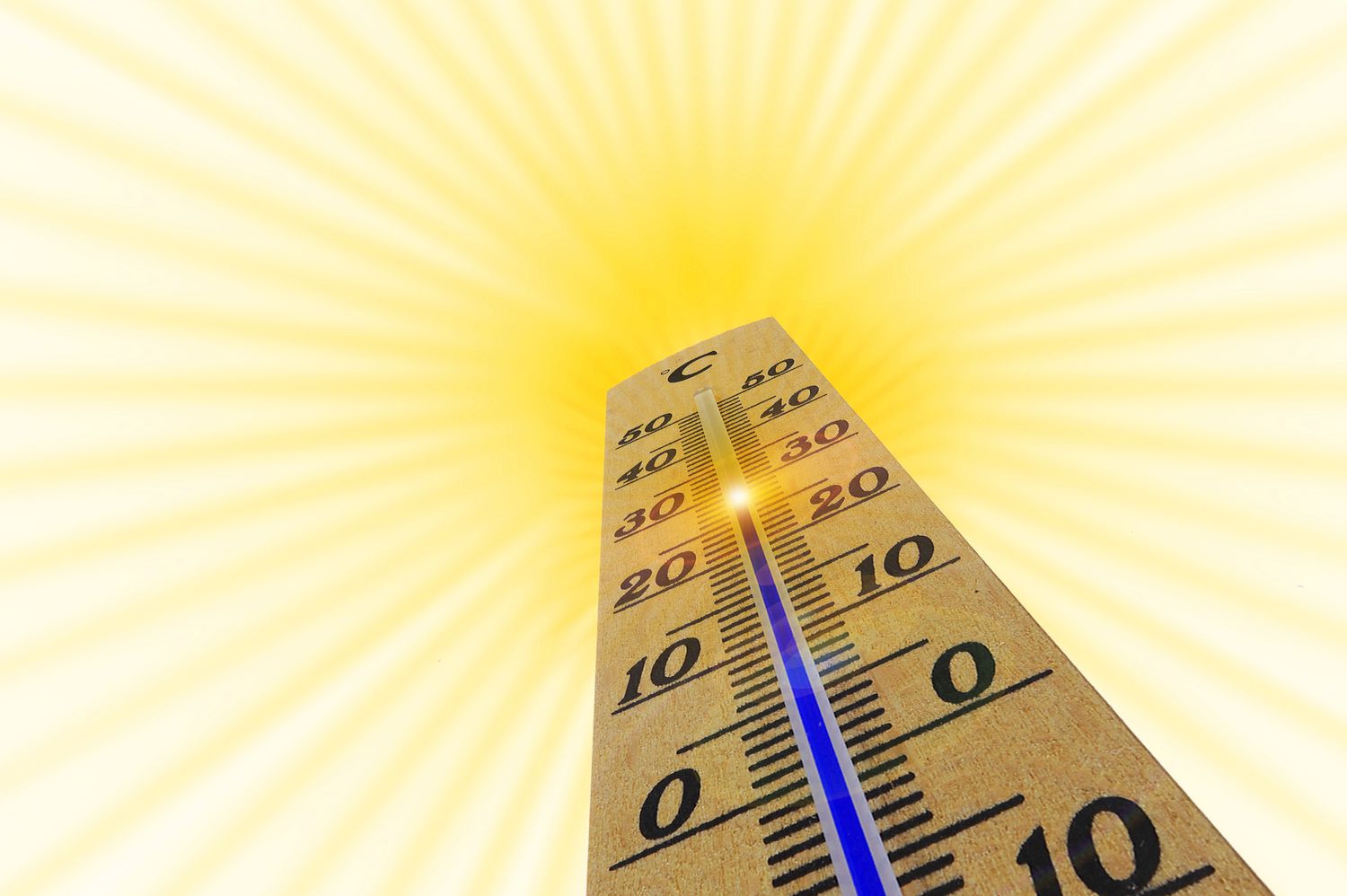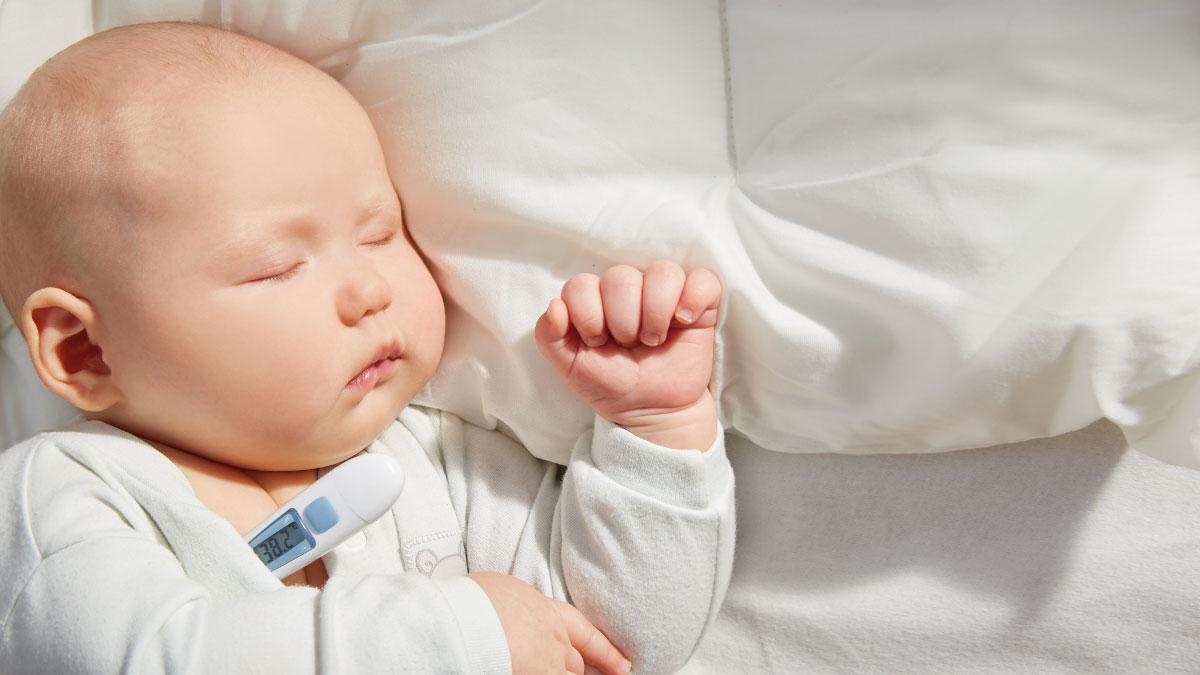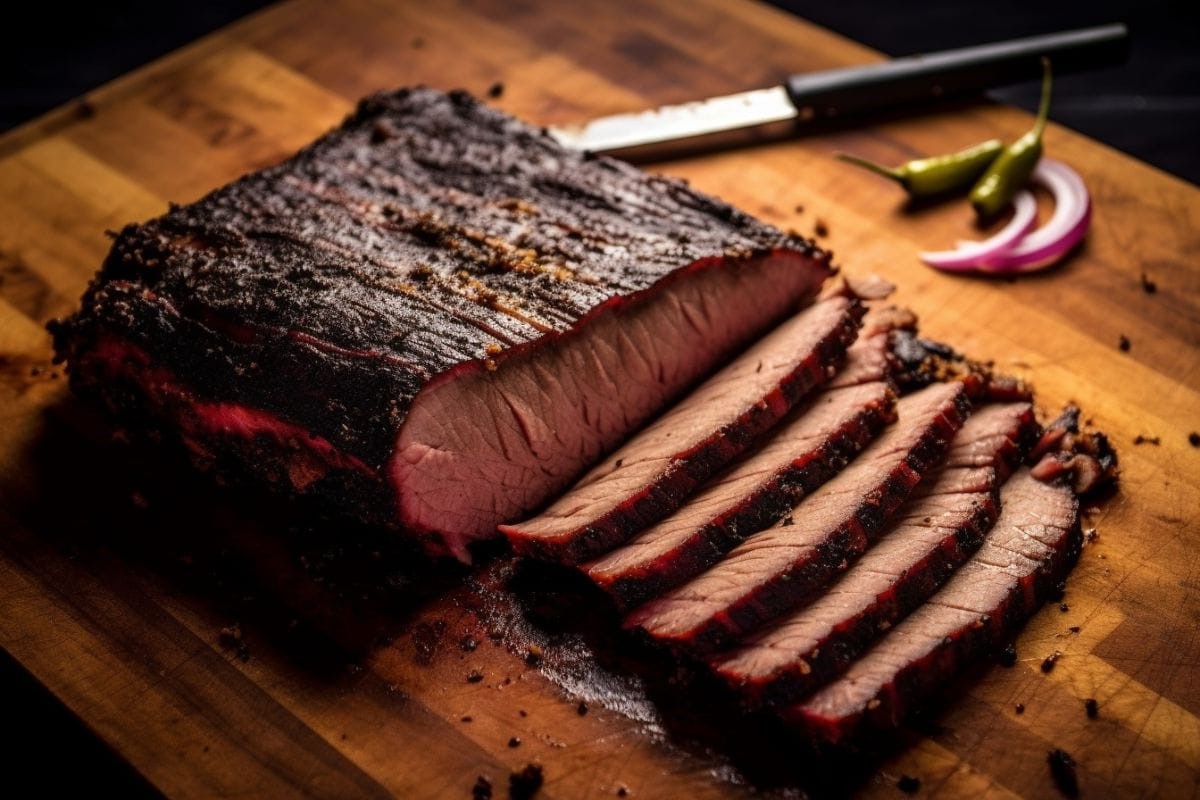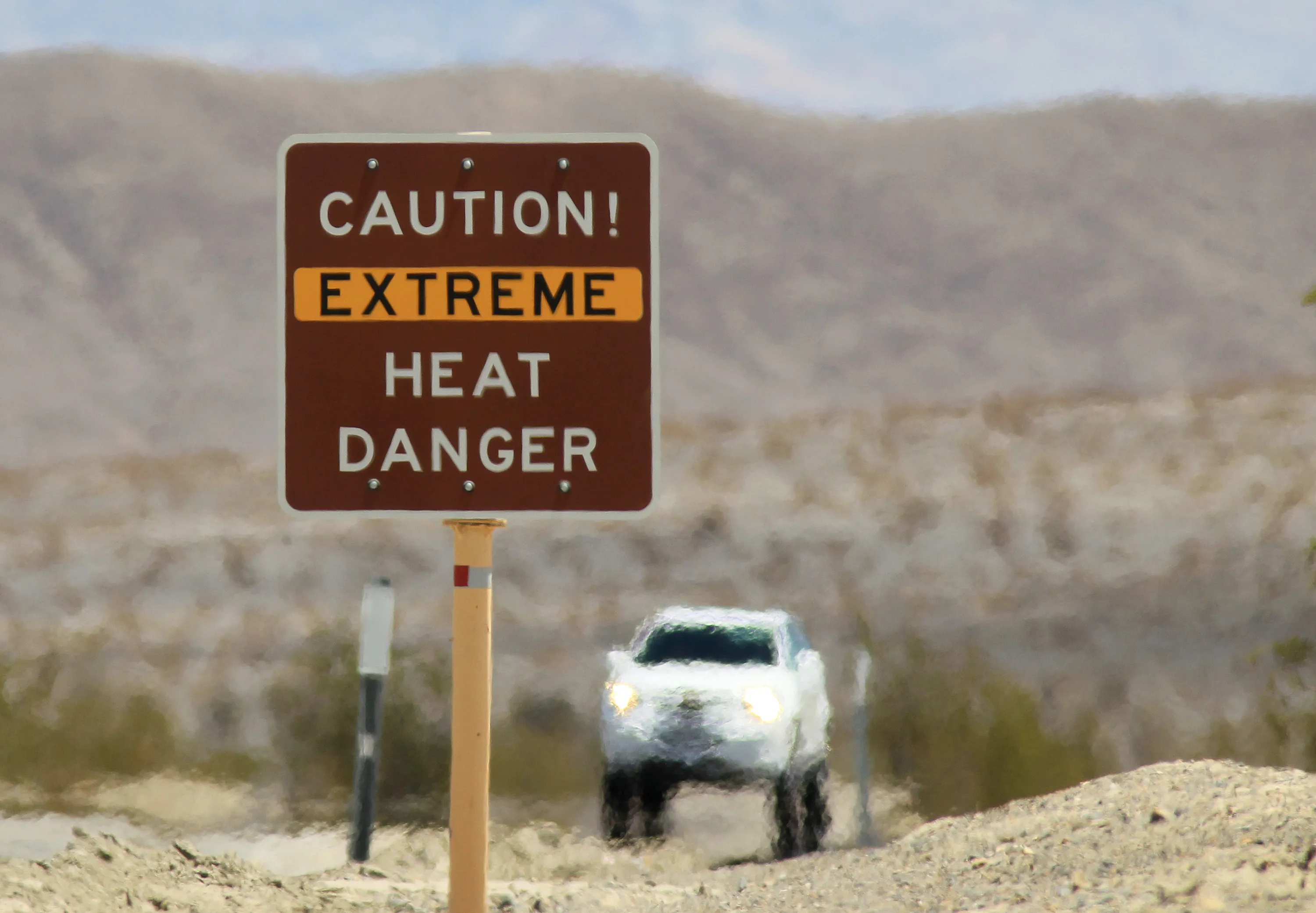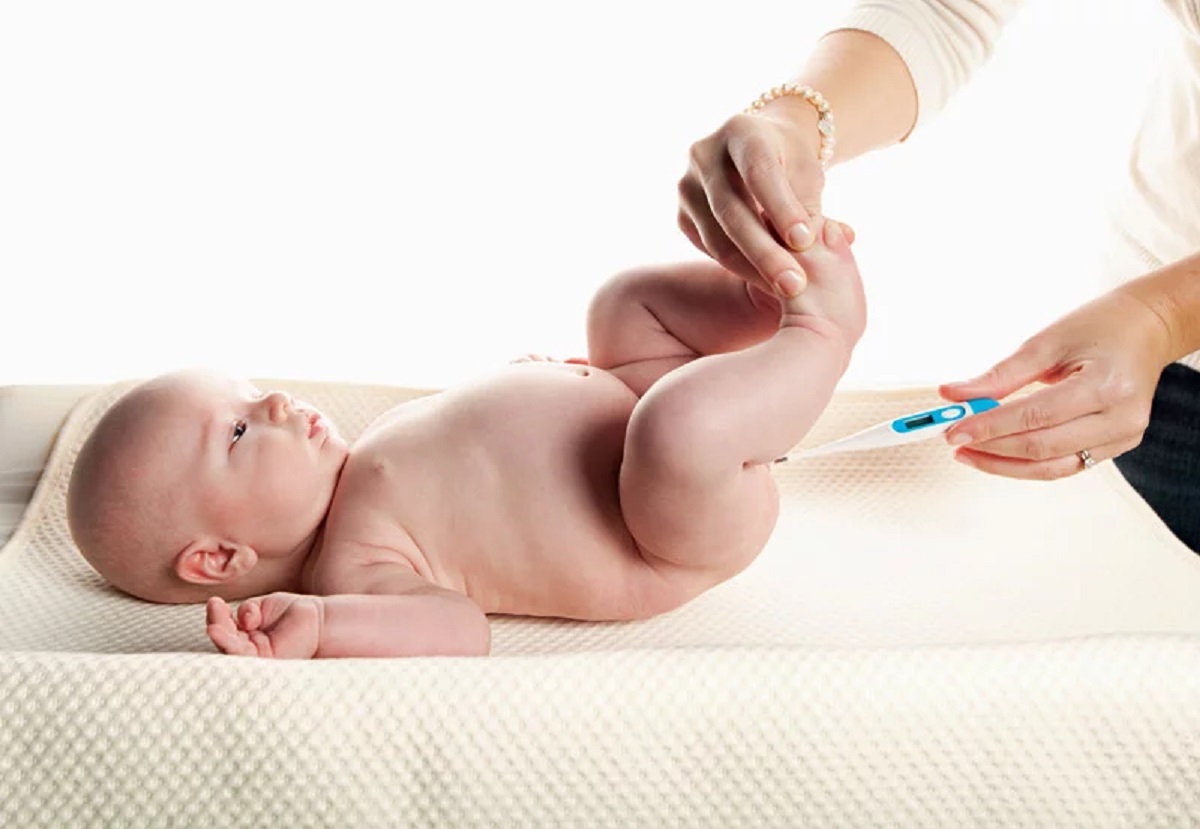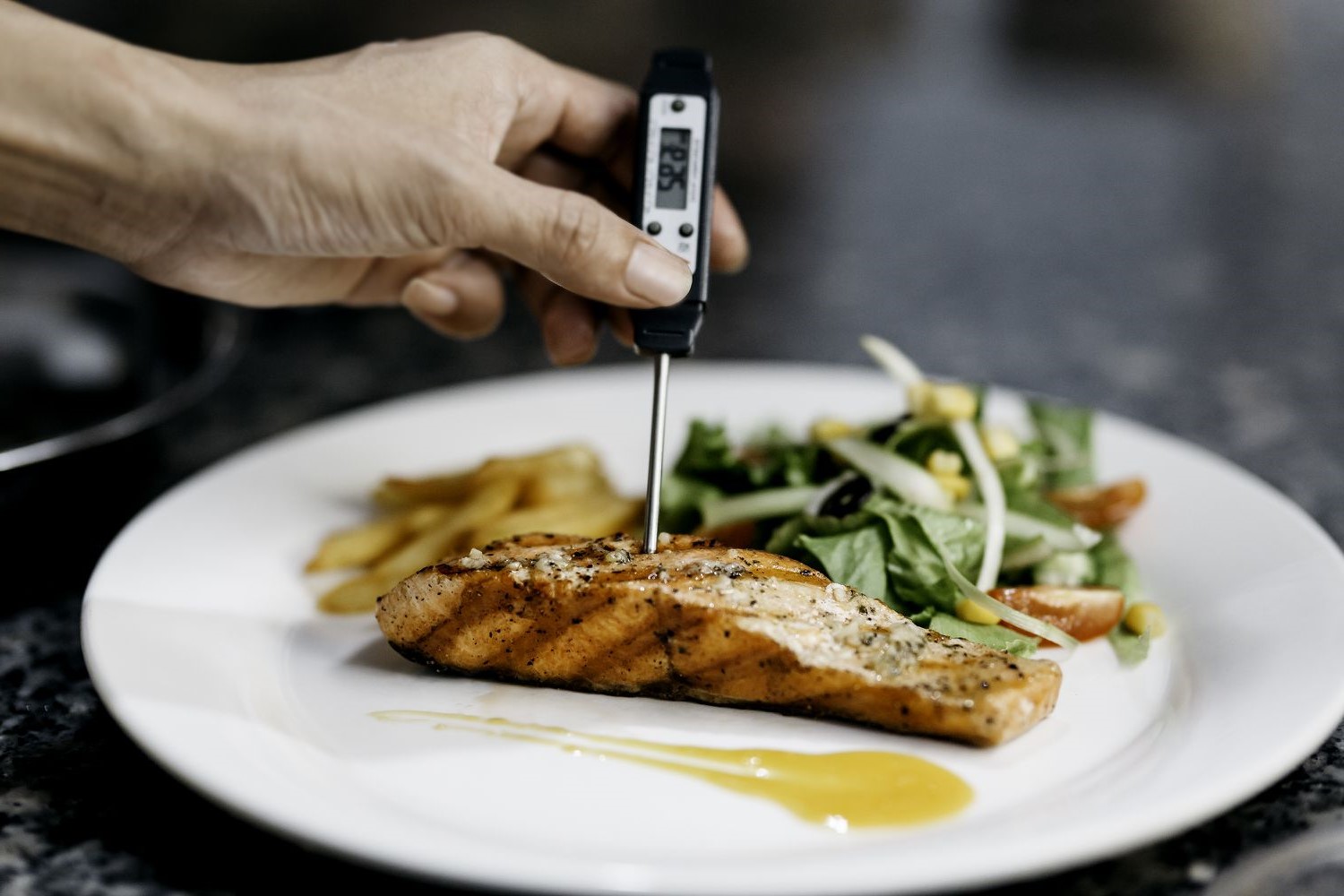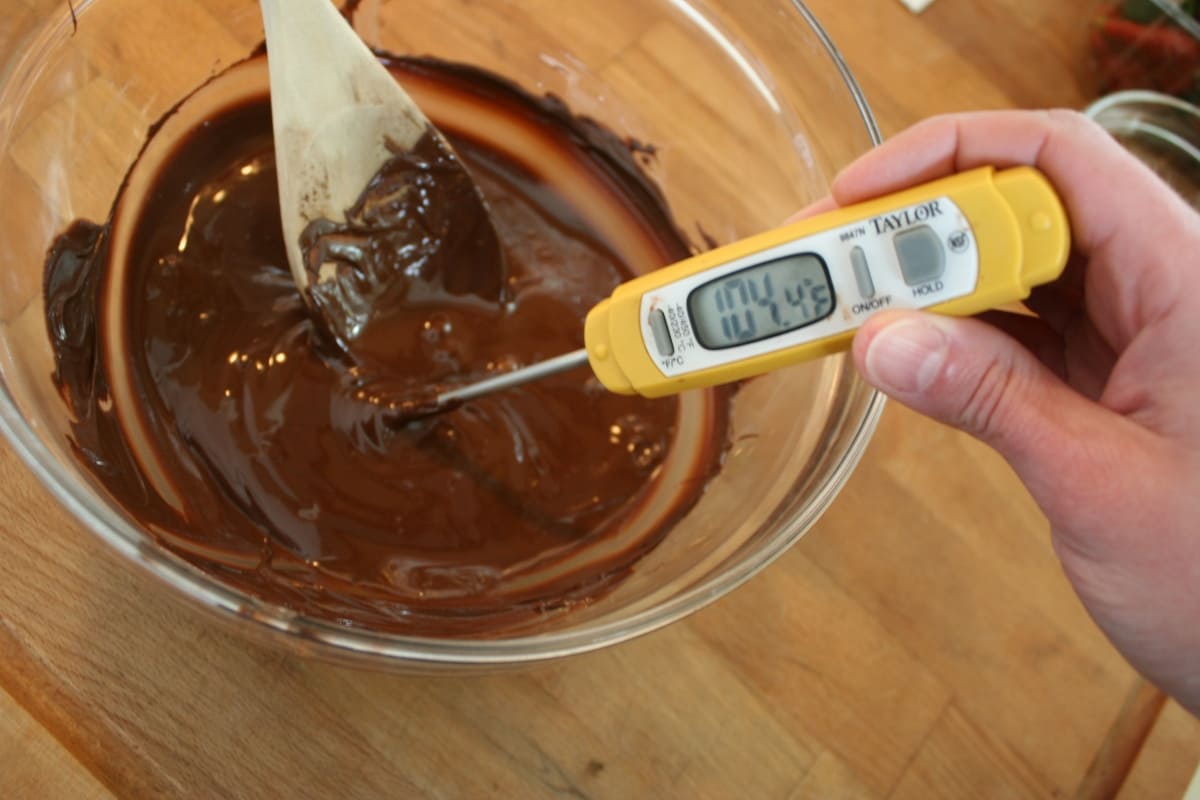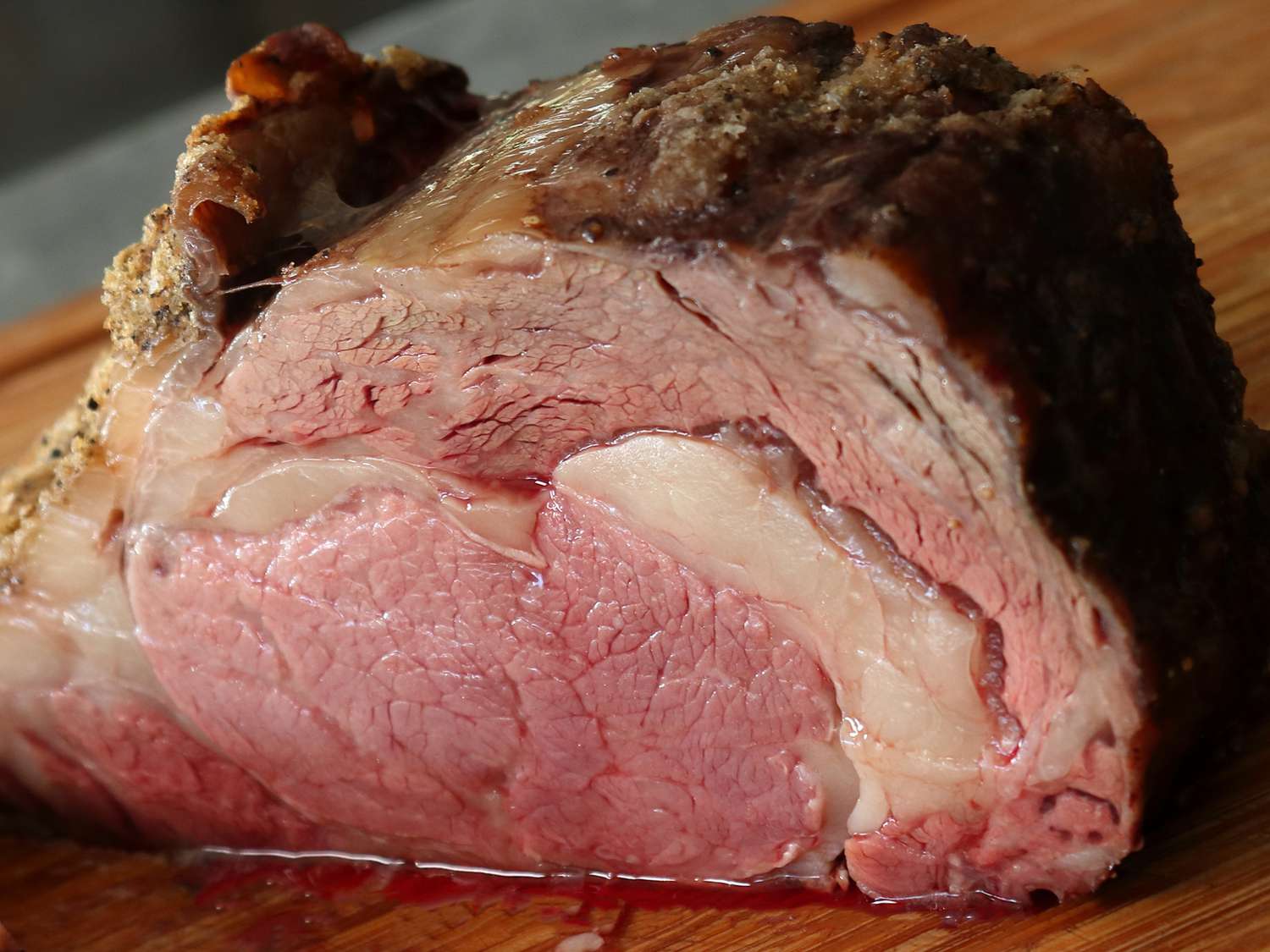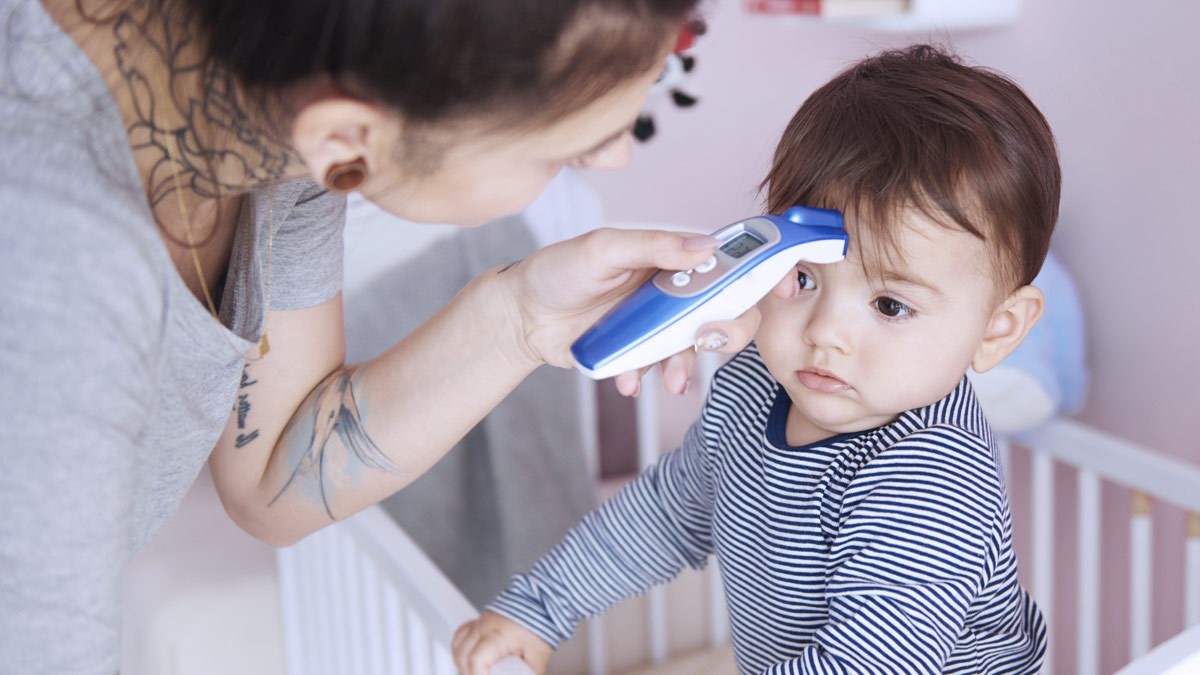Home>Culinary & Beverages>The Required Accuracy Of A Food Thermometer For Temperature Measurement
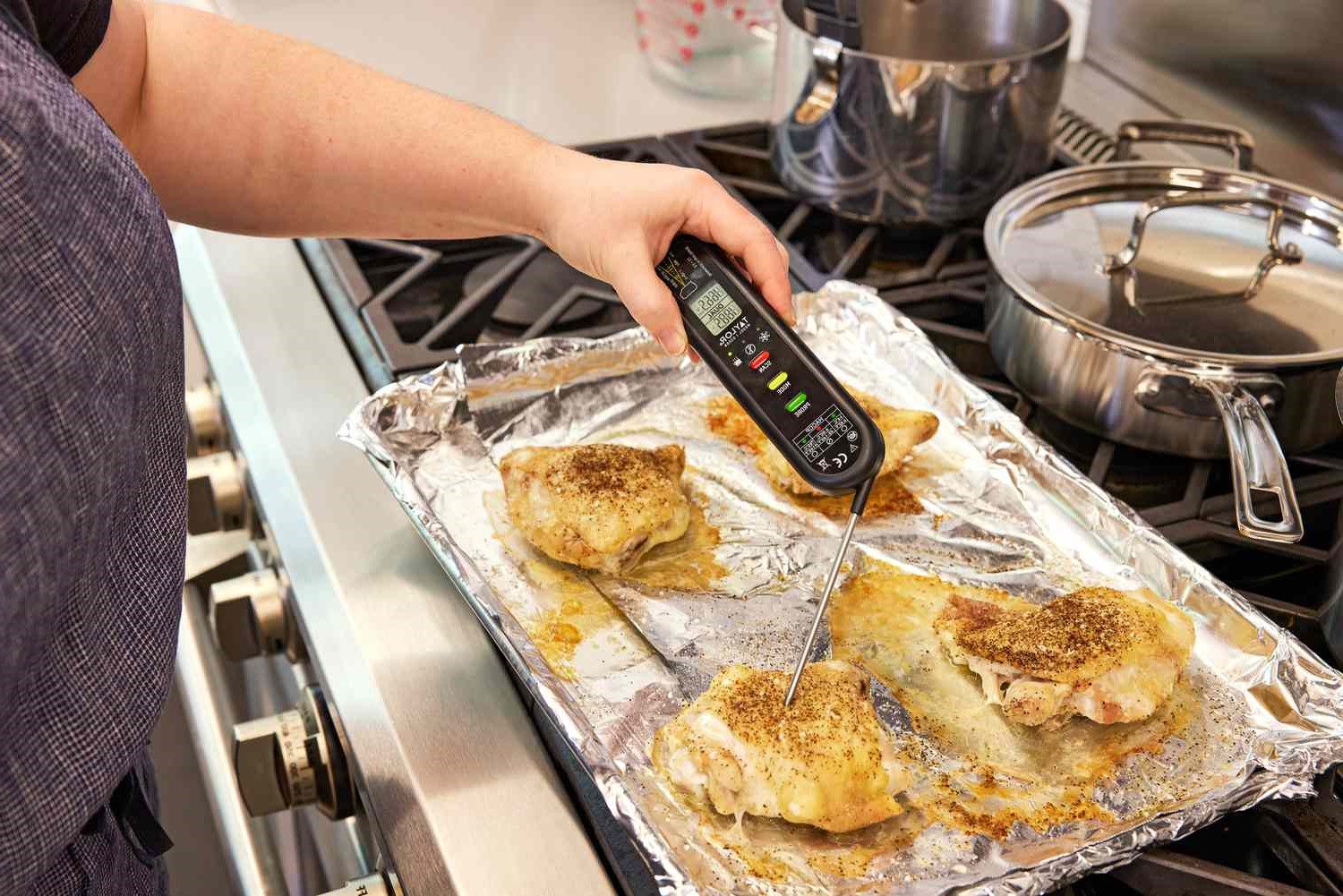

Culinary & Beverages
The Required Accuracy Of A Food Thermometer For Temperature Measurement
Modified: April 28, 2024
Learn about the required accuracy of a food thermometer for precise temperature measurement in culinary and beverage preparation. Understand the importance of reliable temperature readings for food safety and quality.
(Many of the links in this article redirect to a specific reviewed product. Your purchase of these products through affiliate links helps to generate commission for Temperatures.com, at no extra cost. Learn more)
Table of Contents
Introduction
The accuracy of a food thermometer is a critical factor in ensuring the safety and quality of food products. Whether in a professional kitchen or a home setting, the ability to measure temperature with precision is essential for cooking, baking, and food preservation. A food thermometer that provides accurate temperature readings is indispensable for preventing foodborne illnesses and achieving optimal results in culinary endeavors.
Temperature accuracy is particularly vital in the food industry, where strict regulations and standards govern the handling and preparation of food. Inaccurate temperature measurements can lead to undercooked or overcooked food, which not only affects the taste and texture but also poses health risks. Therefore, understanding the required accuracy of food thermometers is fundamental for anyone involved in food preparation and handling.
In this article, we will delve into the significance of temperature accuracy in food thermometers, explore the factors that influence their precision, examine the standards set for temperature measurement in the food industry, discuss methods for testing thermometer accuracy, and recommend the ideal accuracy level for food thermometers. By gaining insights into these aspects, readers will develop a comprehensive understanding of the crucial role that accuracy plays in the realm of food thermometers.
Importance of Temperature Accuracy in Food Thermometers
The importance of temperature accuracy in food thermometers cannot be overstated, as it directly impacts the safety and quality of food products. Whether in a professional kitchen or a home environment, precise temperature measurements are essential for ensuring that food is cooked to the appropriate level and stored at safe temperatures. Inaccurate temperature readings can lead to undercooked or overcooked food, increasing the risk of foodborne illnesses and compromising the overall dining experience.
In the context of food safety, the accurate measurement of temperatures during cooking and food storage is crucial for preventing the growth of harmful bacteria. For instance, when cooking meat, poultry, or seafood, reaching the recommended internal temperature is essential to destroy pathogens and ensure that the food is safe to consume. Similarly, maintaining proper temperatures during the storage of perishable items helps to preserve their freshness and prevent spoilage.
Furthermore, temperature accuracy is integral to achieving desired culinary outcomes. Whether preparing delicate pastries, roasting meats, or tempering chocolate, precise temperature control is essential for achieving the desired texture, flavor, and appearance of the final dish. In baking, for example, a slight variation in temperature can significantly impact the rise and texture of baked goods, making temperature accuracy a non-negotiable aspect of successful baking.
In professional food service settings, such as restaurants and catering operations, the accuracy of food thermometers is critical for meeting regulatory requirements and upholding food safety standards. Health and safety regulations often mandate specific temperature guidelines for cooking, holding, and serving food, and accurate thermometers are indispensable tools for compliance with these regulations.
Moreover, the reliability of temperature measurements directly influences the consistency and quality of food products, which in turn impacts customer satisfaction and loyalty. Whether in a commercial kitchen or a home cooking environment, the ability to consistently produce safe and delicious food hinges on the accuracy of temperature measurements.
In summary, the importance of temperature accuracy in food thermometers extends beyond mere precision; it is a fundamental aspect of ensuring food safety, achieving culinary excellence, and meeting regulatory standards. By recognizing the critical role of temperature accuracy, individuals involved in food preparation can prioritize the use of reliable thermometers and uphold the highest standards of food safety and quality.
Factors Affecting the Accuracy of Food Thermometers
Several factors can influence the accuracy of food thermometers, ultimately impacting their reliability in temperature measurement. Understanding these factors is crucial for ensuring the consistent and precise performance of thermometers in various culinary and food safety applications.
-
Calibration: The calibration of a food thermometer is a primary factor affecting its accuracy. Over time, thermometers may drift from their calibrated settings, leading to inaccurate temperature readings. Regular calibration, either through professional services or calibration checks using known reference points, is essential for maintaining accuracy.
-
Response Time: The response time of a thermometer, or the speed at which it registers temperature changes, can impact its accuracy, especially in dynamic cooking processes. Thermometers with slower response times may not capture rapid temperature fluctuations accurately, leading to imprecise readings.
-
Sensor Quality: The quality and precision of the sensor used in a food thermometer significantly influence its accuracy. High-quality sensors, such as thermistors or thermocouples, are designed to provide reliable and consistent temperature measurements, whereas lower-quality sensors may introduce inaccuracies.
-
Environmental Conditions: The operating environment can affect the accuracy of food thermometers. Factors such as humidity, altitude, and ambient temperature can impact the performance of thermometers, particularly in professional kitchen settings where environmental variables may fluctuate.
-
Mechanical Integrity: The physical condition of a thermometer, including its probe, display, and housing, can impact its accuracy. Damage or wear and tear to the probe, as well as the overall build quality of the thermometer, can compromise its ability to provide precise temperature measurements.
-
Battery Health: For digital thermometers, the condition of the battery is critical. Low battery levels can affect the accuracy of temperature readings, leading to unreliable measurements. Regular battery checks and replacements are essential for maintaining accuracy.
-
User Technique: The technique and proficiency of the user can also influence the accuracy of temperature measurements. Inconsistent insertion depths, improper placement of the thermometer probe, or inadequate stirring in liquid measurements can all contribute to inaccurate readings.
By recognizing and addressing these factors, individuals can take proactive measures to optimize the accuracy of food thermometers, ensuring reliable temperature measurements in culinary and food safety applications. Whether in professional kitchens, home cooking environments, or food service establishments, understanding and mitigating these factors is essential for upholding the highest standards of temperature accuracy.
Standards for Temperature Measurement in Food Industry
In the food industry, temperature measurement is governed by stringent standards and regulations aimed at ensuring the safety and quality of food products. These standards are designed to mitigate the risk of foodborne illnesses, maintain the integrity of perishable items, and uphold the highest levels of food safety. Adherence to these standards is imperative for food producers, processors, distributors, and food service establishments to guarantee the consistent application of safe temperature practices throughout the food supply chain.
One of the primary areas where temperature standards are rigorously enforced is in the cooking and holding of potentially hazardous foods. The U.S. Food and Drug Administration (FDA) and equivalent regulatory bodies in other countries have established specific temperature guidelines for cooking various food items, particularly those of animal origin. For instance, the FDA recommends cooking poultry to a minimum internal temperature of 165°F (73.9°C) and ground meats to 160°F (71.1°C) to ensure the destruction of harmful bacteria such as Salmonella and E. coli. These standards are essential for preventing foodborne illnesses and are strictly enforced in commercial food preparation settings.
In addition to cooking temperatures, standards also dictate the safe holding temperatures for perishable foods. The FDA's Food Code specifies that potentially hazardous foods must be maintained at or above 135°F (57.2°C) to prevent the growth of pathogenic bacteria. Similarly, cold holding temperatures for refrigerated foods are regulated to ensure that perishable items remain at or below 41°F (5°C) to inhibit bacterial proliferation. These temperature standards are critical for preventing food spoilage and safeguarding consumer health.
Furthermore, temperature standards extend to the transportation and storage of food products. Cold chain management, particularly in the distribution of perishable goods, relies on strict temperature controls to preserve the quality and safety of food items. Regulatory agencies and industry organizations have established temperature guidelines for the transport and storage of perishable goods, ensuring that products are maintained within safe temperature ranges to prevent spoilage and contamination.
Moreover, in food service establishments, such as restaurants and catering facilities, temperature standards are integral to maintaining food safety and regulatory compliance. Health departments and food safety agencies enforce temperature monitoring requirements for hot and cold holding equipment, ensuring that foods are stored and served at safe temperatures. Regular temperature monitoring and record-keeping are essential components of compliance with these standards, providing a systematic approach to verifying the safety of food products.
Overall, the standards for temperature measurement in the food industry are comprehensive and multifaceted, encompassing various stages of food production, handling, and service. By adhering to these standards, food industry professionals uphold the highest levels of food safety, mitigate the risk of foodborne illnesses, and ensure the consistent quality of food products throughout the supply chain. Temperature accuracy, therefore, plays a pivotal role in meeting these standards and safeguarding public health.
Methods for Testing the Accuracy of Food Thermometers
Ensuring the accuracy of food thermometers is essential for maintaining food safety and quality. Several methods can be employed to test the accuracy of these crucial instruments, providing assurance that temperature measurements are reliable and precise.
-
Ice Bath Method: The ice bath method is a simple yet effective way to test the accuracy of food thermometers. By creating a slush of ice and water, the mixture stabilizes at the freezing point of water (32°F or 0°C). When a thermometer is inserted into the ice bath, it should register the expected temperature. Discrepancies indicate a need for calibration or adjustment.
-
Boiling Water Test: Boiling water presents another reference point for testing thermometer accuracy. At sea level, water boils at 212°F (100°C). When a food thermometer is submerged in boiling water, it should yield this temperature reading. Deviations signify potential inaccuracies that require attention.
-
Professional Calibration Services: Seeking professional calibration services from accredited facilities is a reliable method for testing and adjusting the accuracy of food thermometers. These services utilize precision equipment and certified procedures to calibrate thermometers to recognized standards, ensuring their accuracy across a range of temperatures.
-
Comparison with Reference Thermometers: Comparing the readings of a food thermometer with those of a certified reference thermometer provides a direct assessment of accuracy. Reference thermometers with traceable calibration to national standards serve as benchmarks for evaluating the performance of food thermometers.
-
Thermometer Check Stations: Some food service establishments and commercial kitchens may have dedicated thermometer check stations equipped with calibrated reference thermometers. These stations allow users to verify the accuracy of their thermometers against known standards, promoting consistent and reliable temperature measurements.
-
Digital Self-Testing Features: Certain digital food thermometers are equipped with self-testing features that allow users to verify their accuracy. These built-in diagnostic functions assess the thermometer's performance and provide indications of any deviations from expected values.
By employing these methods, individuals and food service professionals can ensure that their food thermometers deliver accurate temperature measurements, thereby upholding food safety standards and culinary precision. Regular testing and calibration are essential practices for maintaining the reliability and accuracy of food thermometers, contributing to the overall quality and safety of food products.
Recommended Accuracy Level for Food Thermometers
The recommended accuracy level for food thermometers is a critical consideration in ensuring the reliability and precision of temperature measurements in various culinary and food safety applications. The accuracy of a food thermometer is typically expressed as the maximum permissible error or variance from the true temperature. This specification provides users with a clear understanding of the thermometer's performance and its ability to deliver trustworthy temperature readings.
In the food industry, the recommended accuracy level for food thermometers is often dictated by regulatory standards and best practices established by food safety organizations and industry associations. For general-purpose food thermometers used in commercial kitchens, food processing facilities, and food service establishments, a common recommendation is an accuracy level of ±1°F (±0.5°C) or better. This level of accuracy ensures that temperature measurements are within a narrow margin of error, allowing for precise control over cooking processes and the safe handling of perishable foods.
In specific applications where stringent temperature control is paramount, such as in the production of confectionery, chocolate, or delicate pastries, higher accuracy levels may be recommended. Thermometers used in these specialized applications often feature accuracy specifications of ±0.5°F (±0.3°C) or even tighter tolerances. The precise temperature control afforded by thermometers with such high accuracy levels is essential for achieving the desired textures, flavors, and consistencies in delicate food products.
Moreover, the accuracy level of food thermometers is closely linked to the critical control points (CCPs) identified in Hazard Analysis and Critical Control Points (HACCP) plans. CCPs are specific stages in food production where control measures are essential to prevent, eliminate, or reduce food safety hazards. Temperature monitoring at CCPs necessitates the use of highly accurate thermometers to ensure that food products are processed, cooked, or stored under safe conditions.
In the context of home cooking and food preparation, the recommended accuracy level for food thermometers is equally significant. While the standards and regulations applicable to commercial food operations may not directly govern home kitchen environments, the use of accurate thermometers remains essential for ensuring food safety and culinary success. For home cooks, selecting food thermometers with accuracy levels of ±2°F (±1°C) or better is advisable, as this provides the necessary precision for cooking meats, poultry, and seafood to safe internal temperatures.
Ultimately, the recommended accuracy level for food thermometers is guided by the specific requirements of the intended application, the criticality of temperature control, and the prevailing food safety standards. By adhering to these recommendations and selecting thermometers that meet the prescribed accuracy levels, individuals and food service professionals can uphold the highest standards of food safety, culinary excellence, and regulatory compliance.
Conclusion
In conclusion, the accuracy of food thermometers is an indispensable aspect of ensuring food safety, culinary precision, and regulatory compliance. Throughout the food industry, from professional kitchens to home cooking environments, the ability to measure temperature with precision is paramount for preventing foodborne illnesses, achieving optimal culinary outcomes, and upholding the highest standards of food safety.
The importance of temperature accuracy in food thermometers cannot be overstated. It directly impacts the safety and quality of food products, influencing everything from the doneness of meats to the consistency of baked goods. Inaccurate temperature readings can lead to undercooked or overcooked food, posing health risks and compromising the overall dining experience. Therefore, prioritizing the use of reliable and accurate food thermometers is essential for anyone involved in food preparation and handling.
Several factors can influence the accuracy of food thermometers, including calibration, response time, sensor quality, environmental conditions, mechanical integrity, battery health, and user technique. By recognizing and addressing these factors, individuals can take proactive measures to optimize the accuracy of food thermometers, ensuring reliable temperature measurements in various culinary and food safety applications.
The standards for temperature measurement in the food industry are comprehensive and multifaceted, encompassing various stages of food production, handling, and service. Adherence to these standards is imperative for food industry professionals to guarantee the consistent application of safe temperature practices throughout the food supply chain, mitigating the risk of foodborne illnesses and maintaining the integrity of perishable items.
To ensure the accuracy of food thermometers, several testing methods can be employed, including the ice bath method, boiling water test, professional calibration services, comparison with reference thermometers, thermometer check stations, and digital self-testing features. Regular testing and calibration are essential practices for maintaining the reliability and accuracy of food thermometers, contributing to the overall quality and safety of food products.
The recommended accuracy level for food thermometers is a critical consideration, often dictated by regulatory standards and best practices established by food safety organizations and industry associations. Whether in commercial kitchens or home cooking environments, selecting food thermometers with the recommended accuracy levels is essential for ensuring food safety, culinary success, and regulatory compliance.
In essence, the accuracy of food thermometers is fundamental to the safety, quality, and consistency of food products. By understanding the significance of temperature accuracy, addressing factors that influence accuracy, adhering to industry standards, employing testing methods, and selecting thermometers with the recommended accuracy levels, individuals and food service professionals can uphold the highest standards of food safety and culinary excellence.
